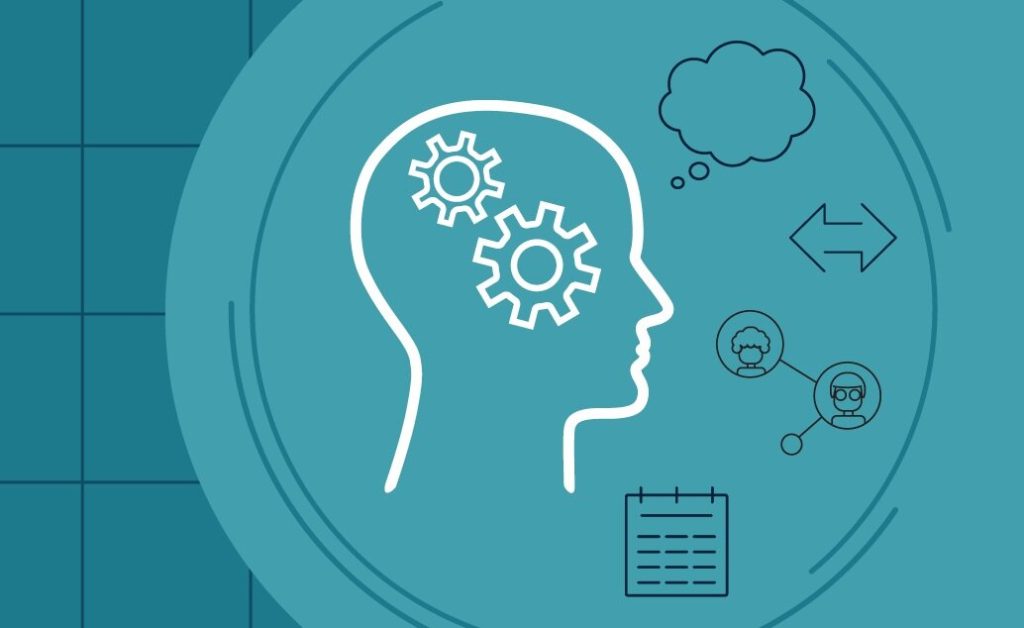
Educators understand the importance of relationships. They are foundational to meaningful and effective learning. If concepts like mental health and social-emotional learning weren’t at the forefront of people’s minds prior to the pandemic, they are now. How do we incorporate social and emotional learning skills into the classroom?
The Collaborative for Academic, Social, and Emotional Learning (CASEL) is a trusted source for knowledge on social-emotional learning, and they have been promoting its importance for over twenty years. While social-emotional learning has become more widely recognized and a priority as of late, it can still be a tough sell encouraging teachers to incorporate it when it seems like it might take away instructional time from other subjects. Therefore, the best approach is to integrate the development of these skills with content, enhancing the effectiveness of both.
Social-emotional learning is linked to improved attendance, behavior and academic performance, and attention to mental health teaches students strategies to achieve positive outcomes. While there’s plenty of research to justify devoting instructional time to social-emotional learning, we want to focus on strategies for practical application.
CASEL has identified five elements to social-emotional learning: self-awareness, self-management, responsible decision making, relationship skills and social awareness. Here are some strategies for including them in instruction:
- Self-Awareness
- Metacognition: Nurturing Self-Awareness in the Classroom
- Educate about metacognition and the brain
- Allow for opportunities to identify and name emotions
- Provide opportunities for reflection on the learning process
- Metacognition: Nurturing Self-Awareness in the Classroom
- Self-Management
- SEL for Students: Self-Awareness and Self-Management
- Use goal-setting and monitoring
- Teach organization and prioritization/pacing strategies
- Practice stress-management strategies
- SEL for Students: Self-Awareness and Self-Management
- Responsible Decision Making
- Responsible Decision-Making Model
- Explain how making decisions involves critical thinking
- Make responsible decision-making a habit students take into young adulthood and beyond
- Responsible Decision-Making Model
- Relationship Skills
- SEL & Beyond
- Incorporate culturally responsive teaching practices
- Communicate effectively and establish positive relationships
- Teach conflict resolution and how students can advocate for themselves
- SEL & Beyond
- Social Awareness
- SEL Toolkit
- Develop empathy and active listening
- Incorporate diversity and discuss other perspectives
- Use service-learning projects, civic engagement and community involvement so students deepen social awareness
- SEL Toolkit
If you’re looking for more, check out SEL Strategies in the Classroom or Activities for Teaching CASEL’s Core Competencies. Additionally, CASEL’s SEL 3 Signature Practices Playbook provides a structure for lessons that not only maintains learning as the focus, but also incorporates social-emotional learning practices.
If you’re looking to bring about a system-wide change at your school or district, CASEL also has some resources to help. Check out The CASEL Guide to Schoolwide Website and these articles in particular:
Learn the skills you need to help students become both personally and academically successful. Explore American College of Education’s fully online education programs.

